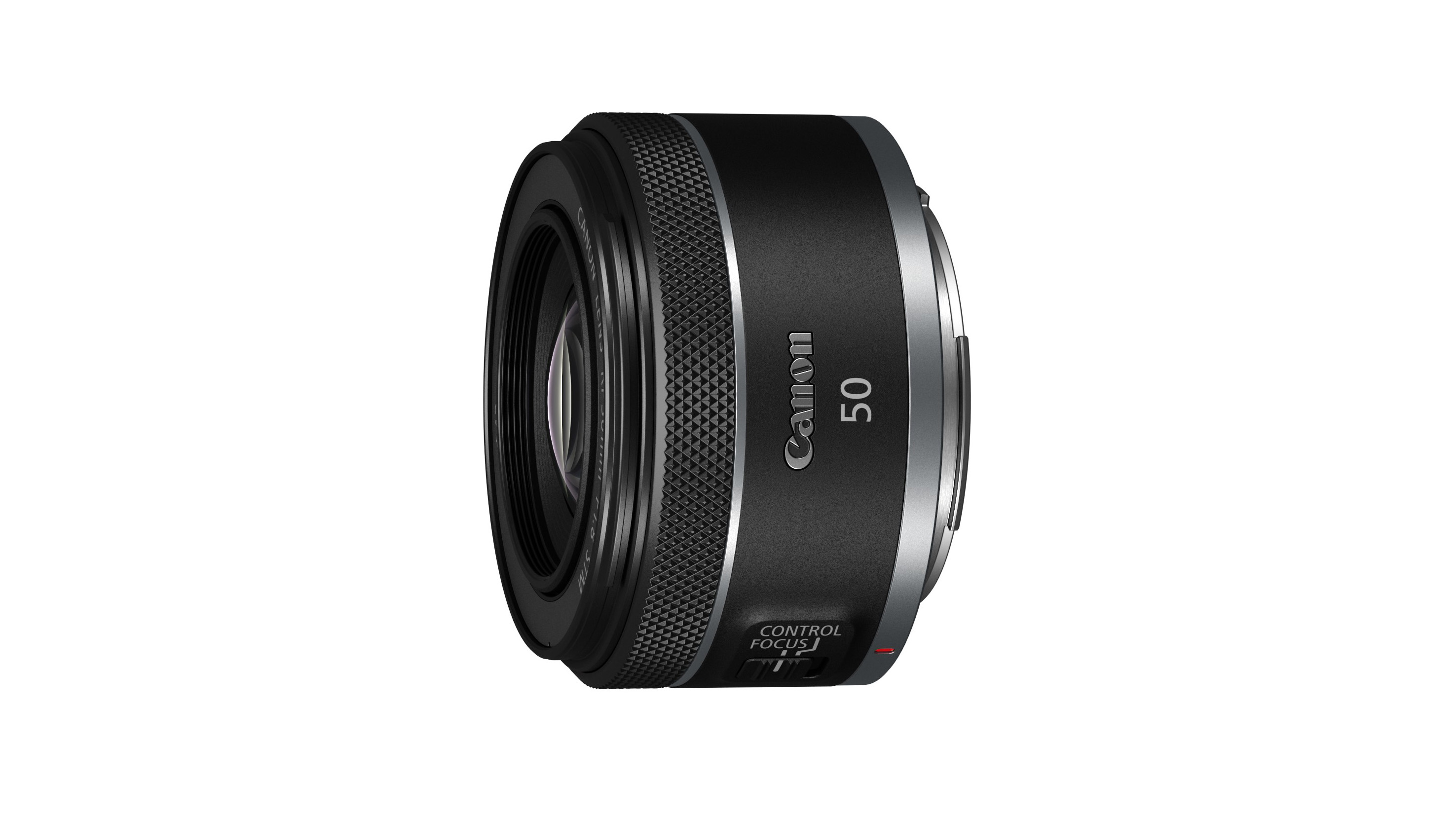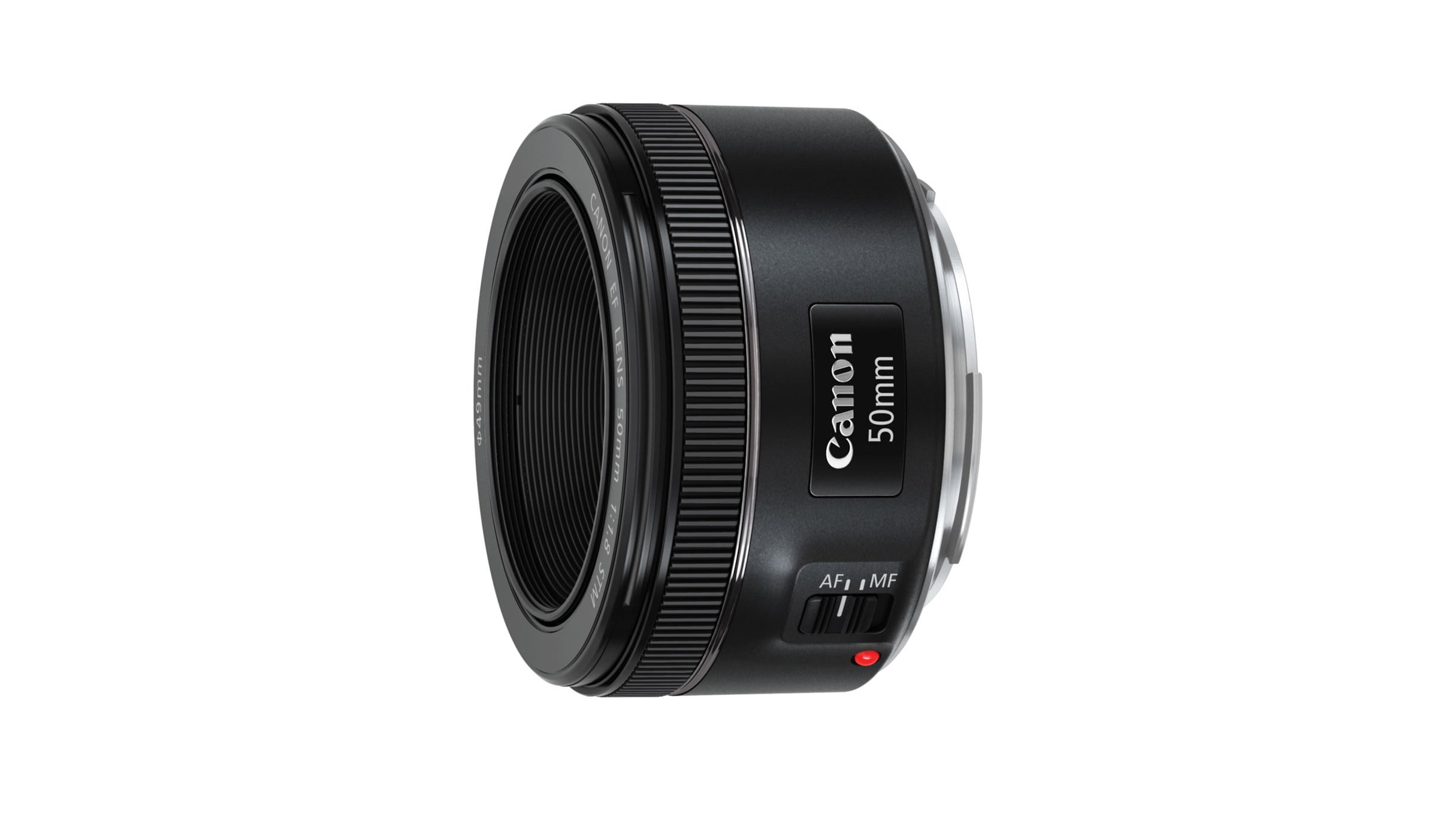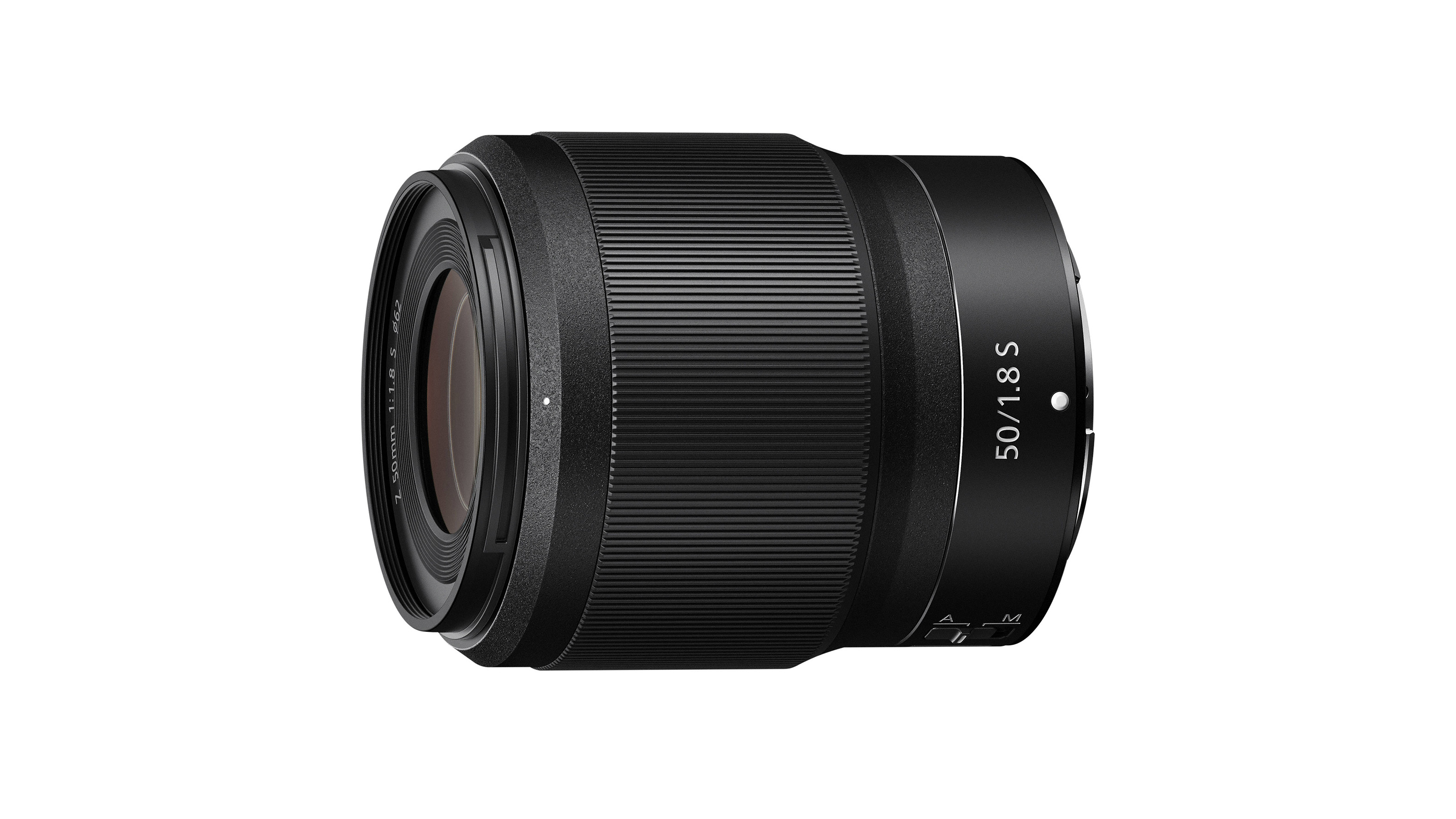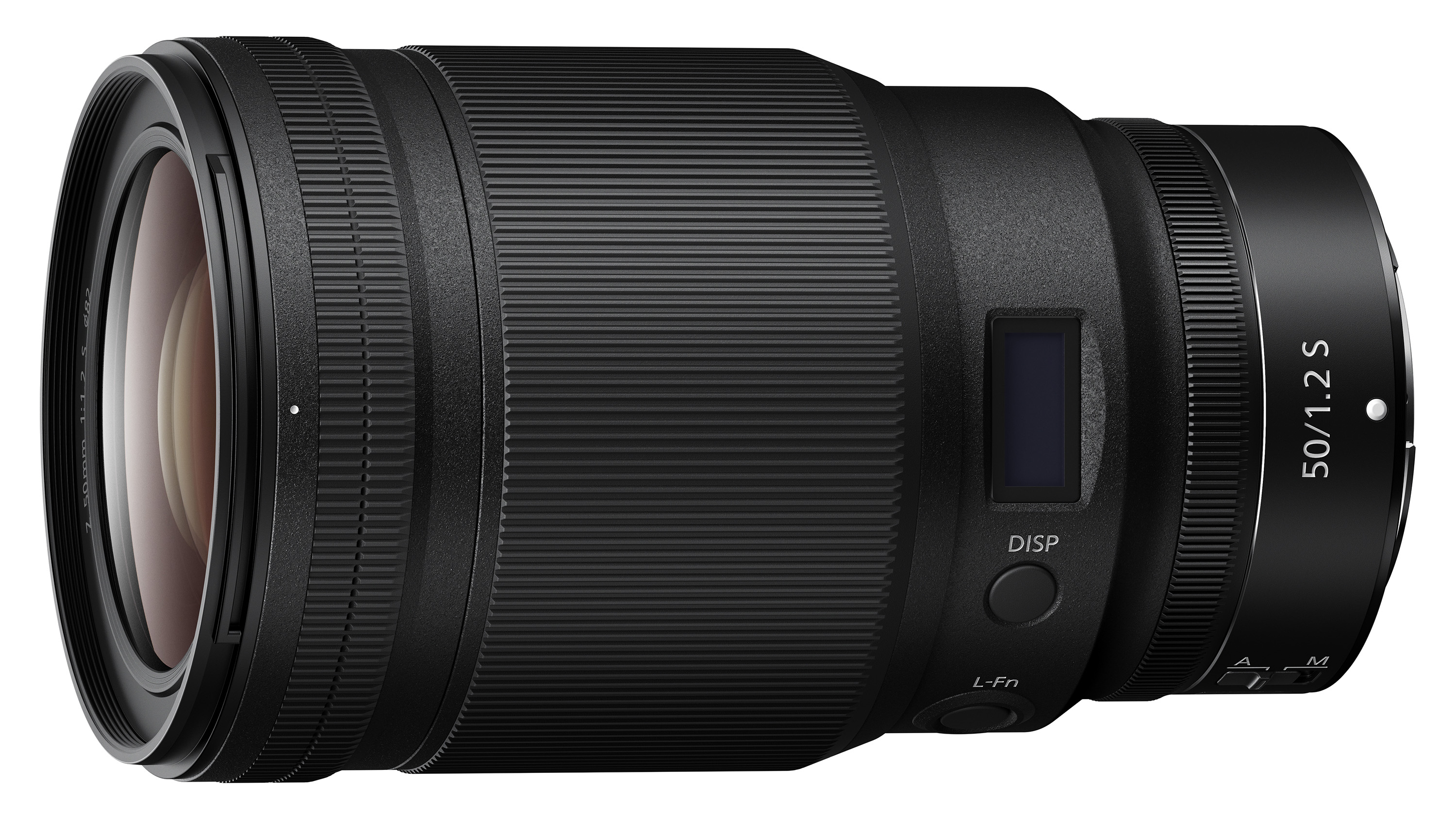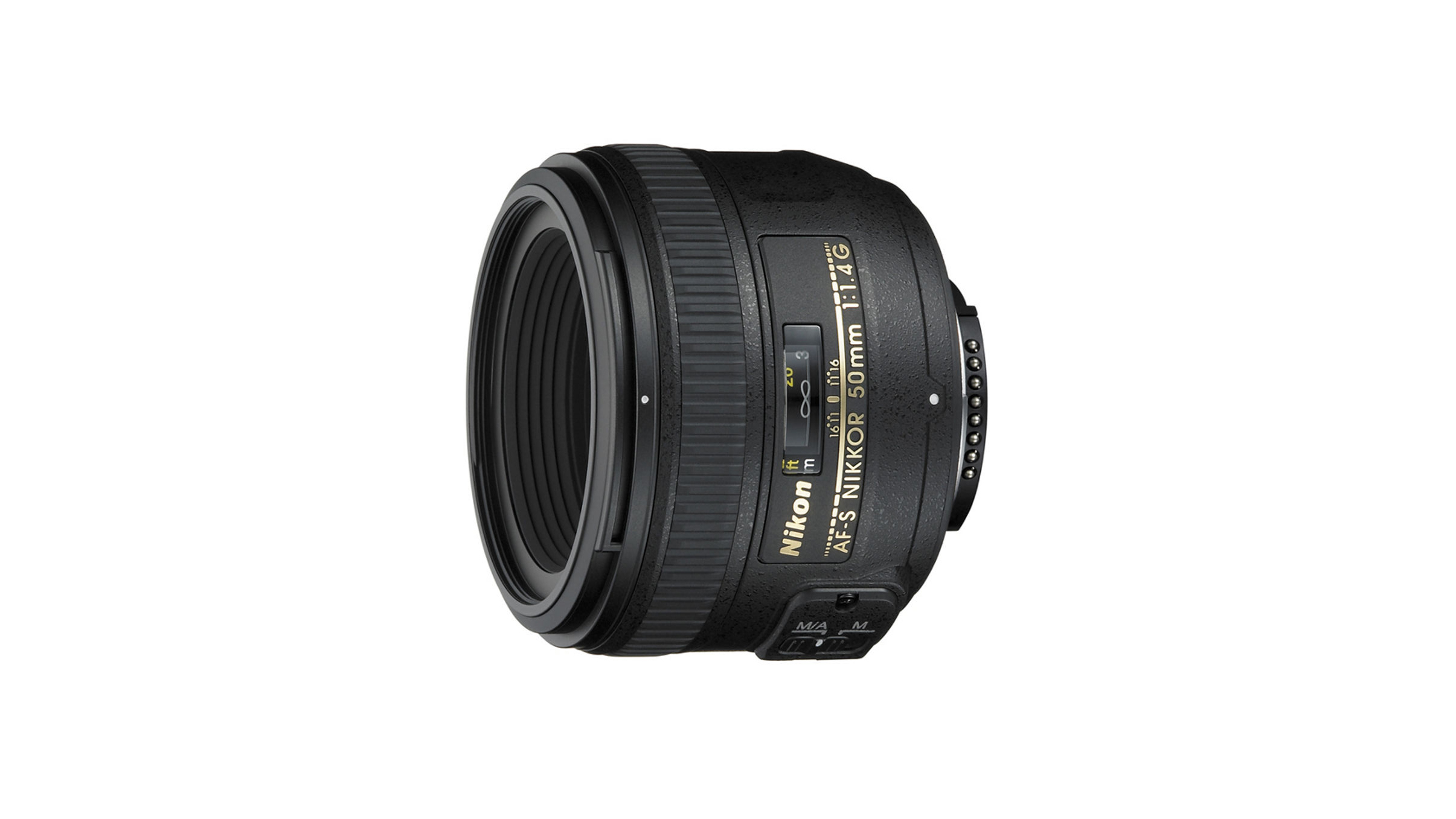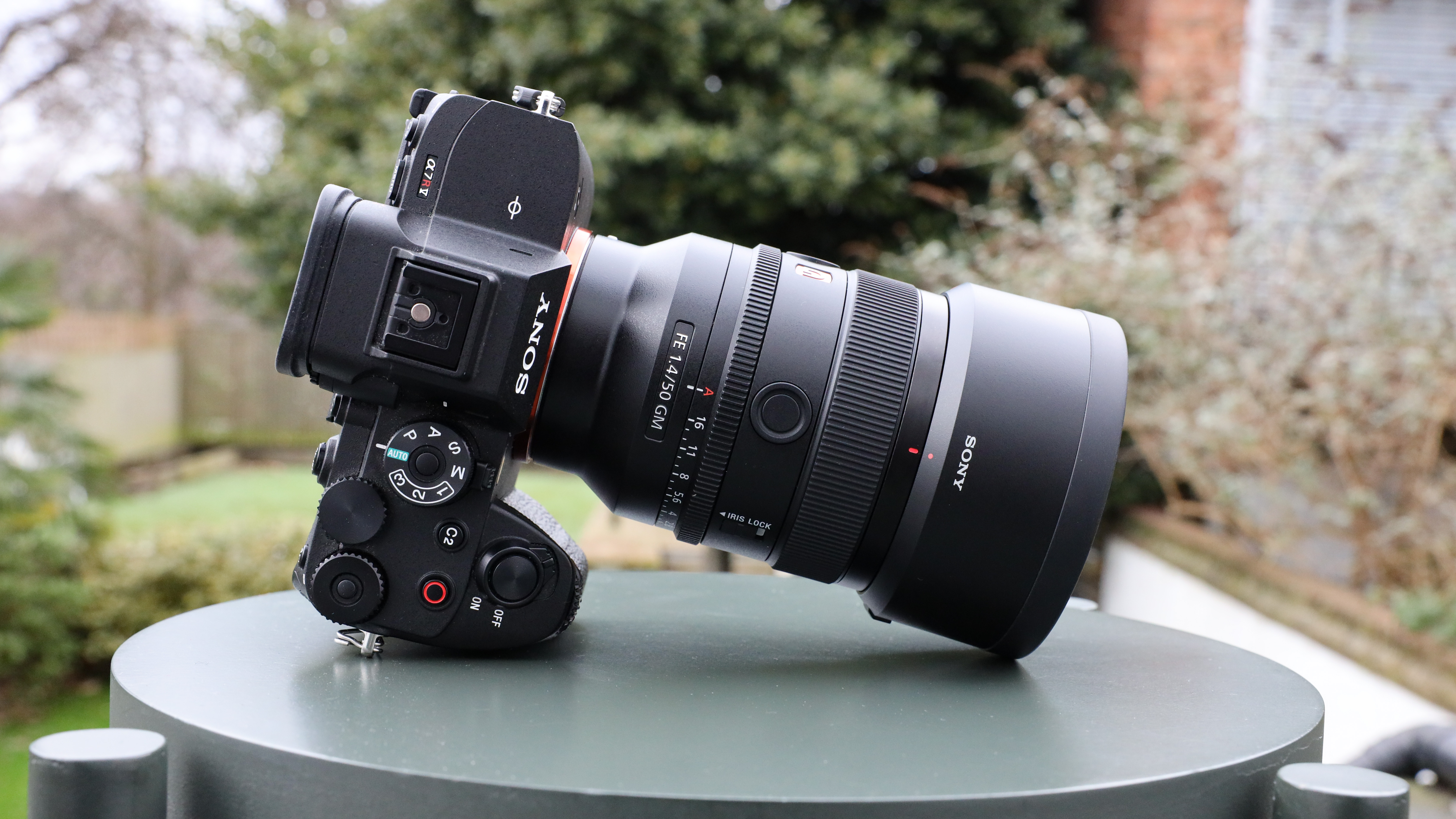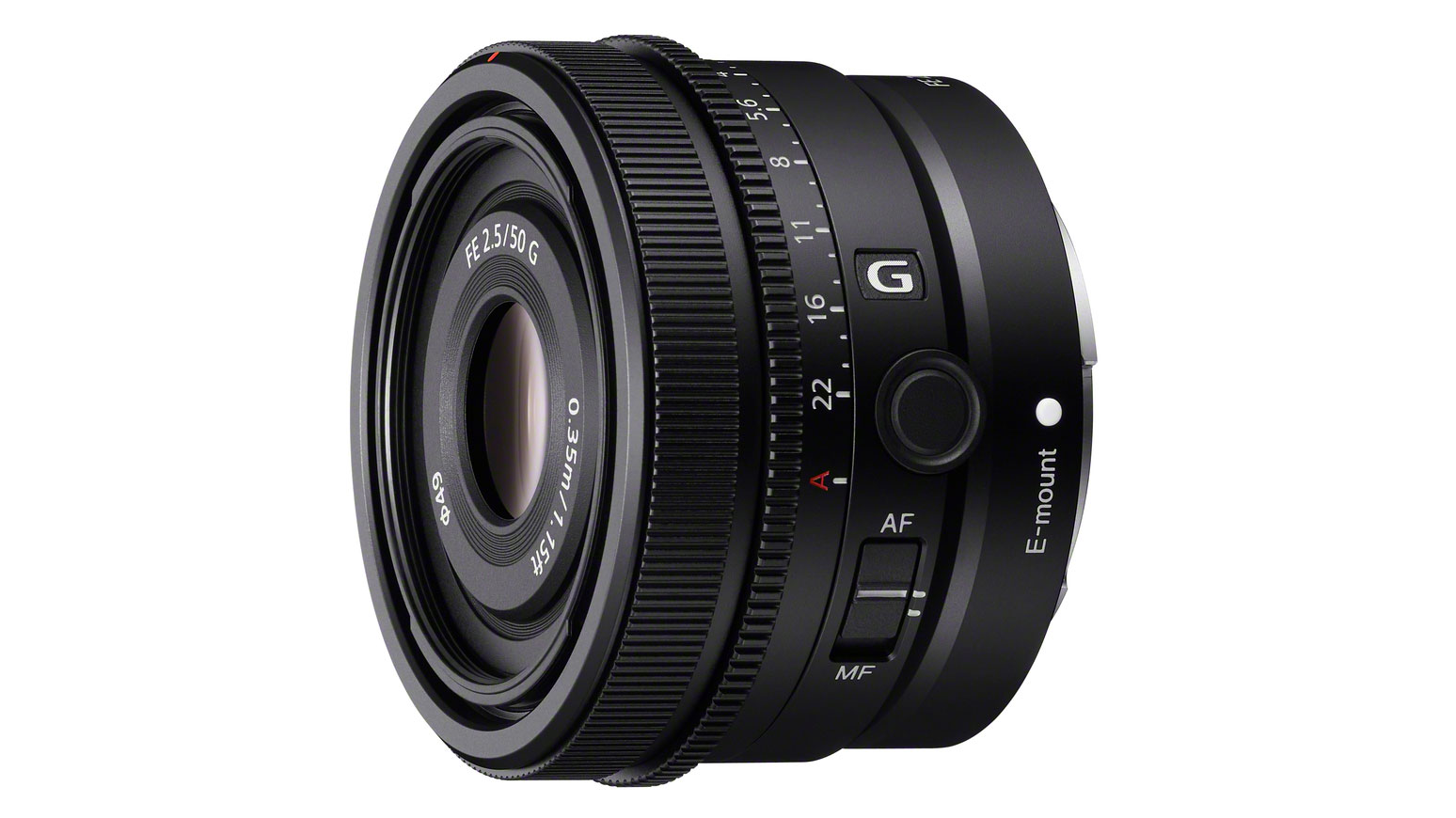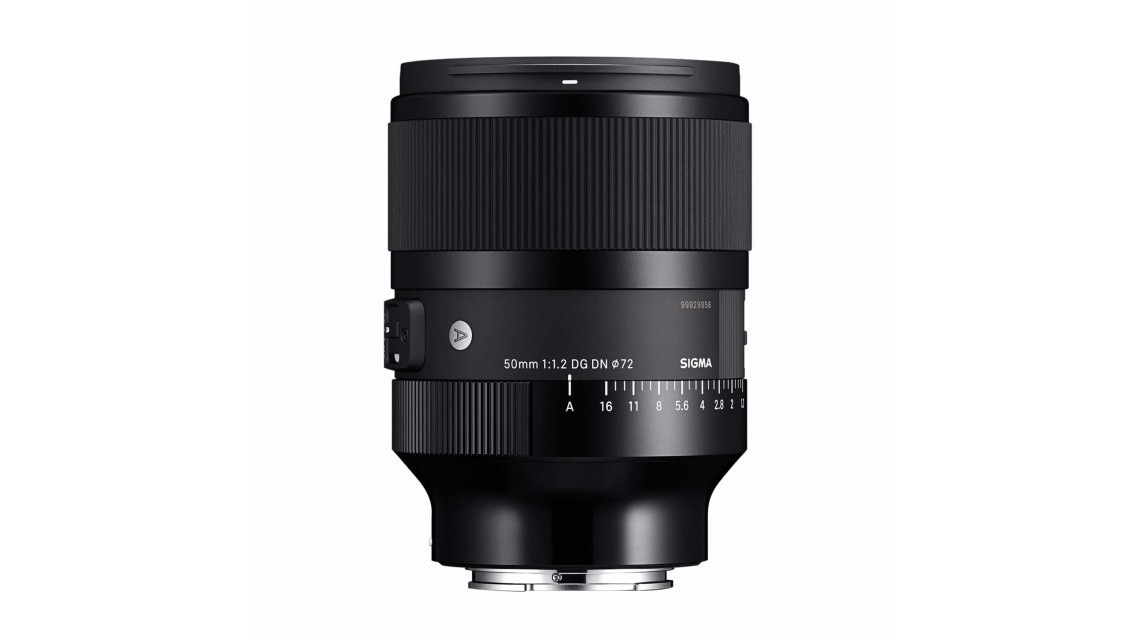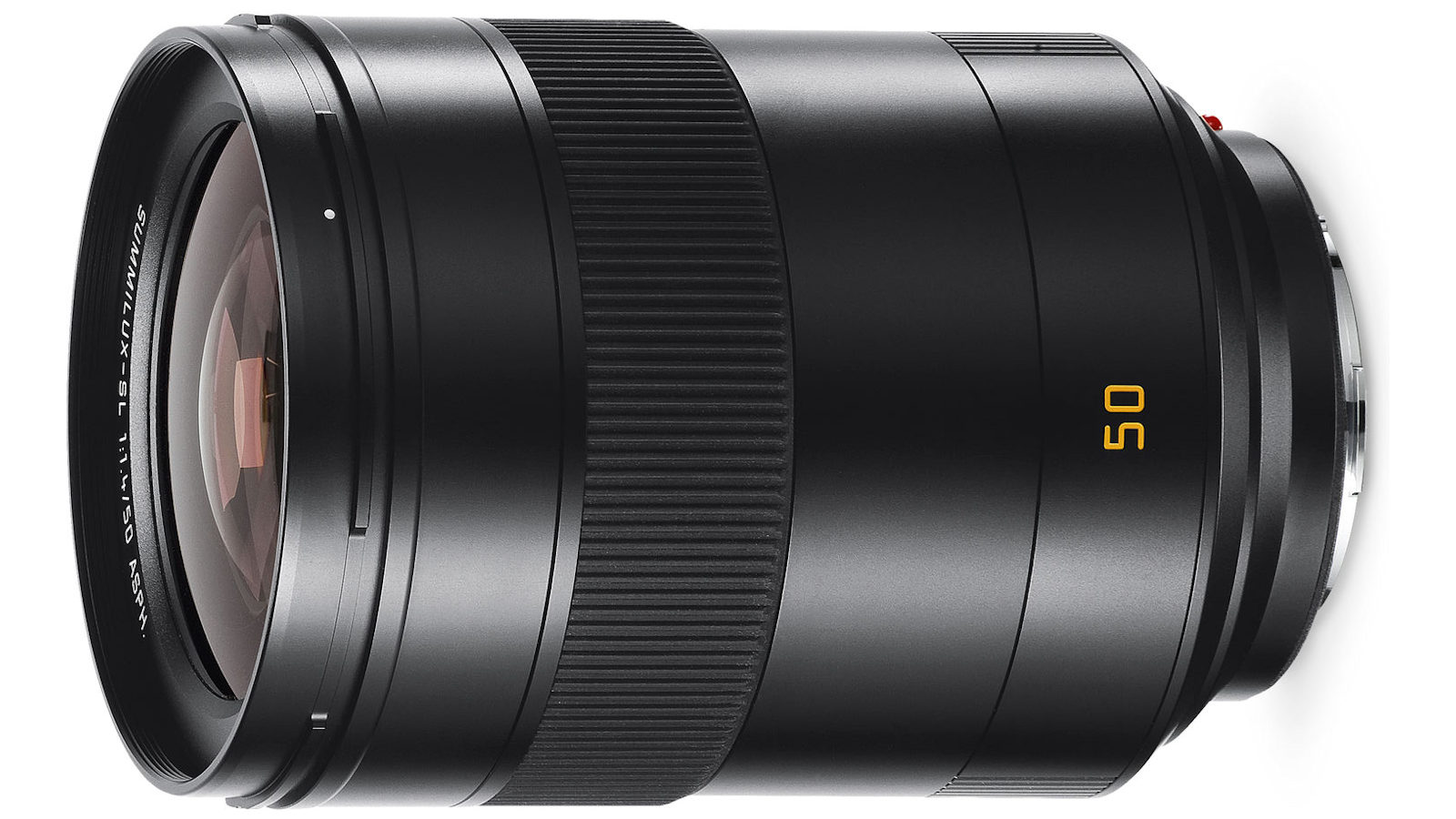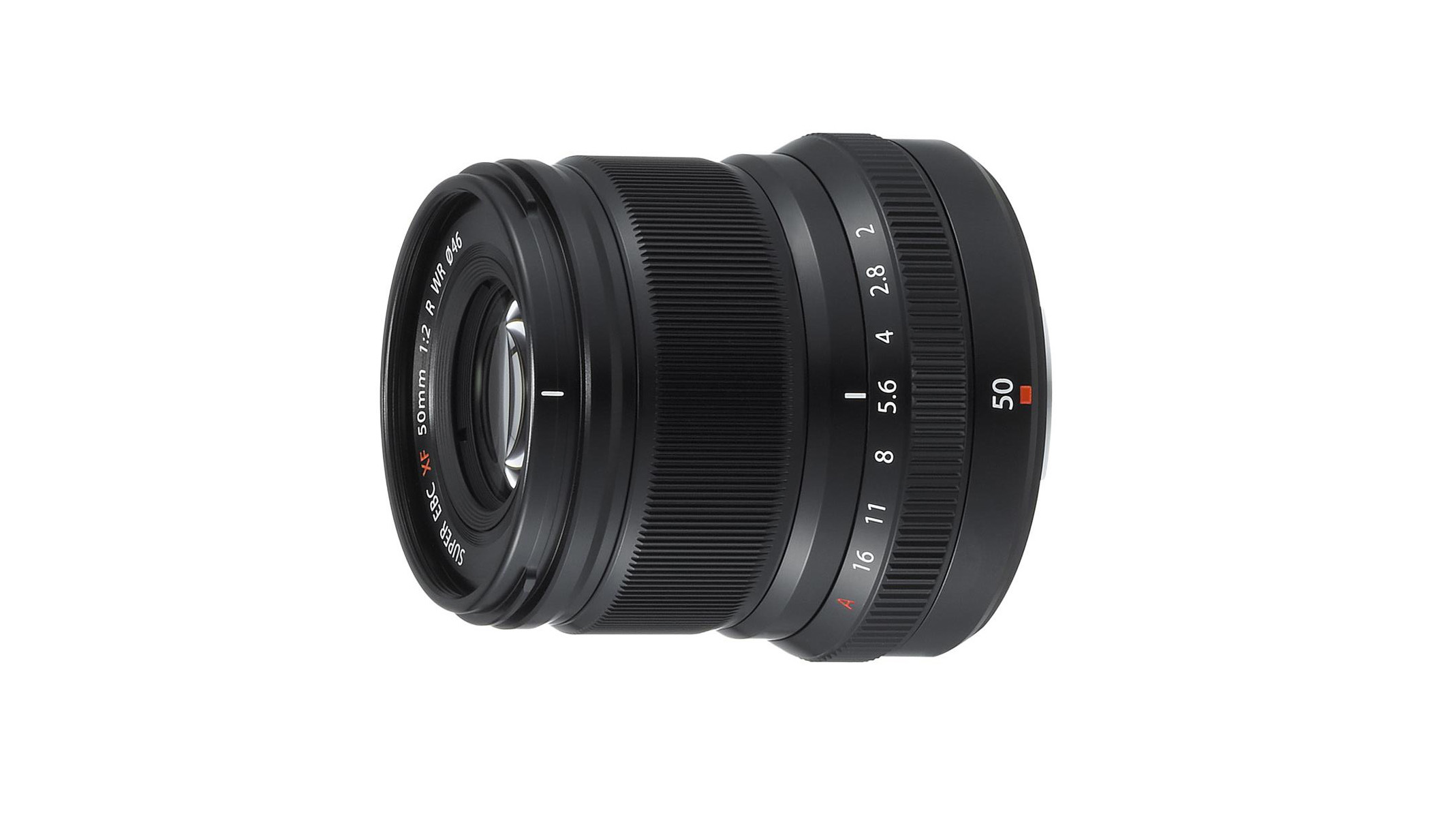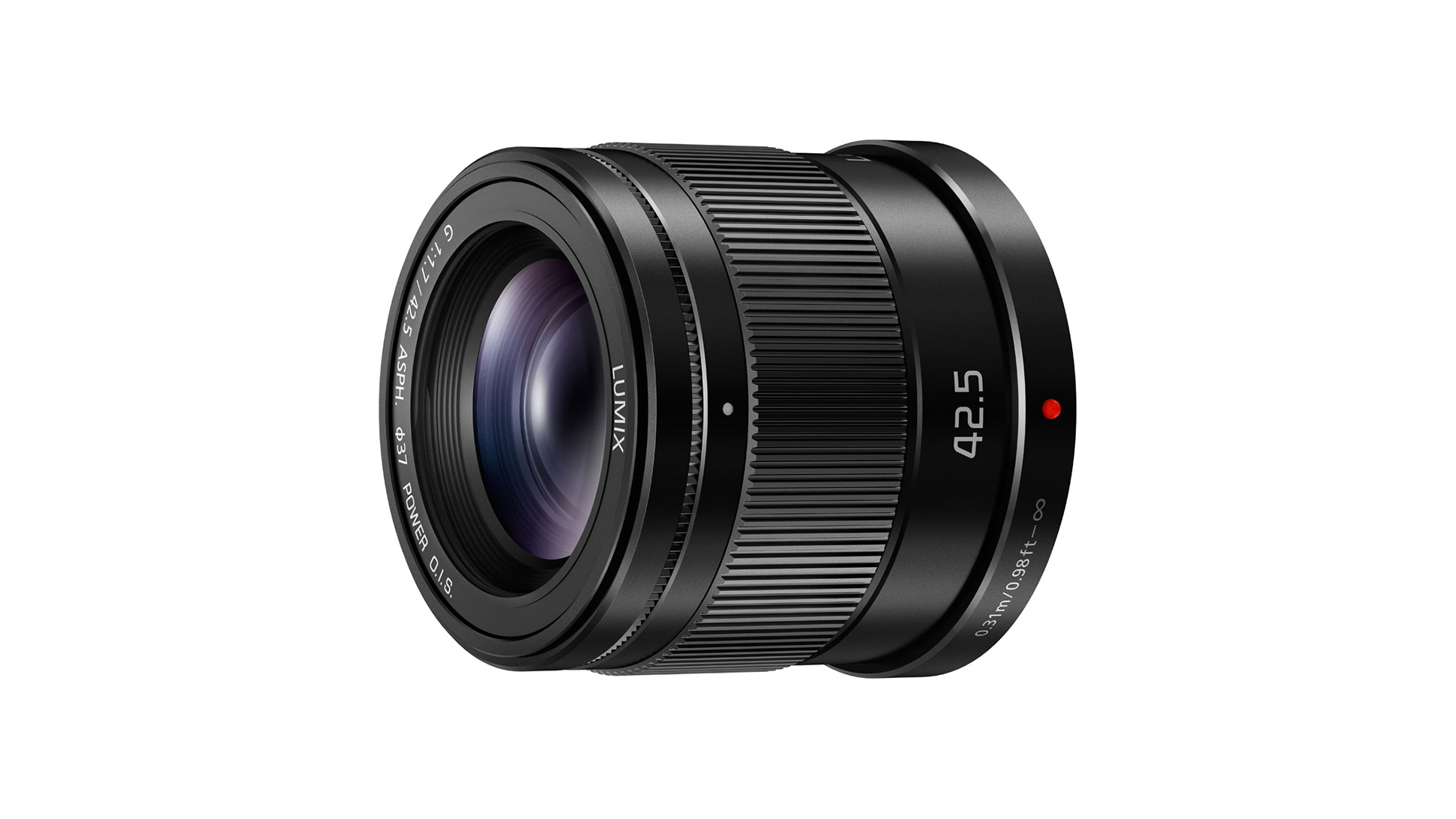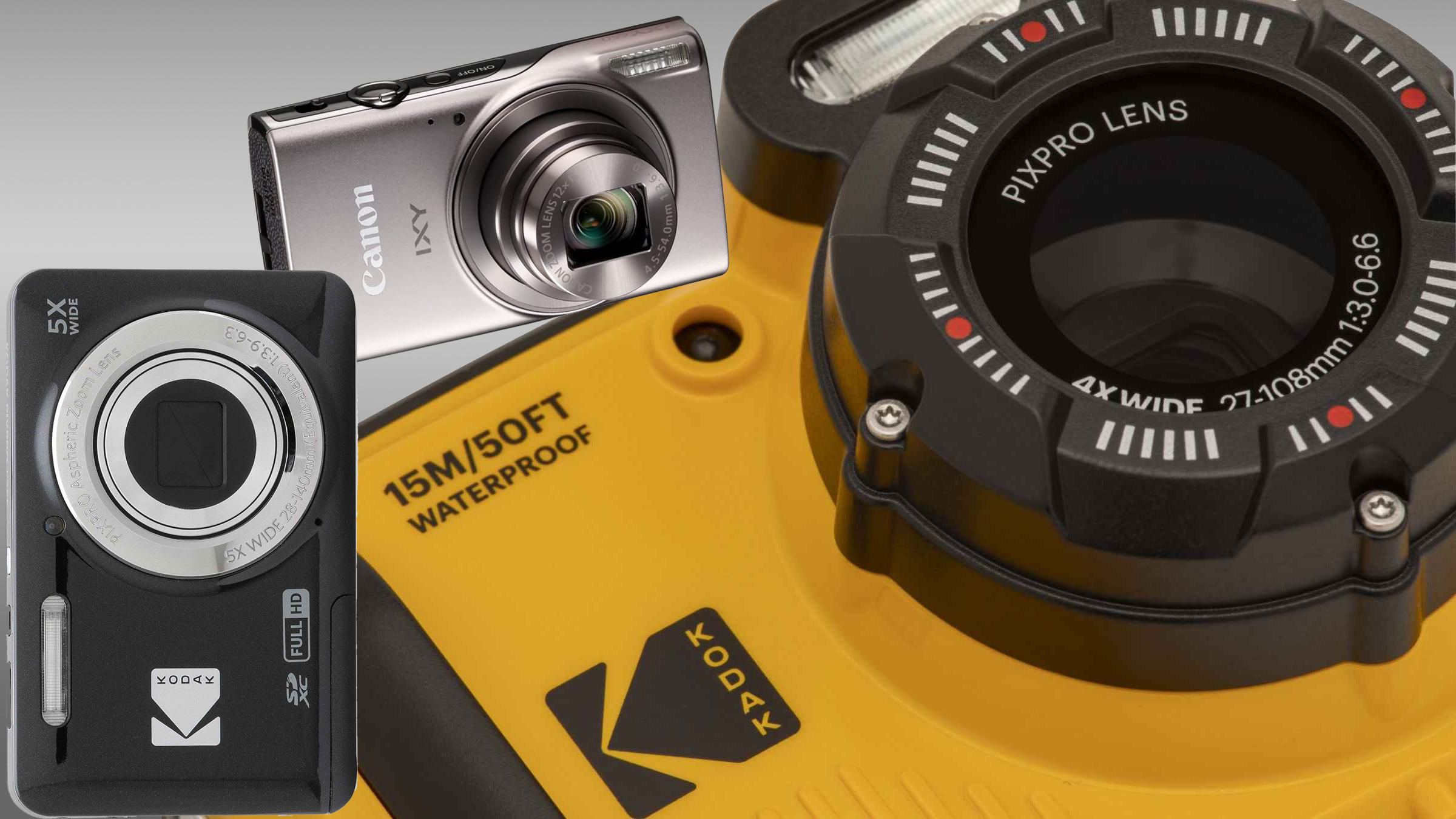The best 50mm lens: which 'nifty fifty' is the right choice for you?
The best 50mm lens, or standard prime, is a great low-cost wide-aperture lens for bokehlicious portraits and shooting in low light
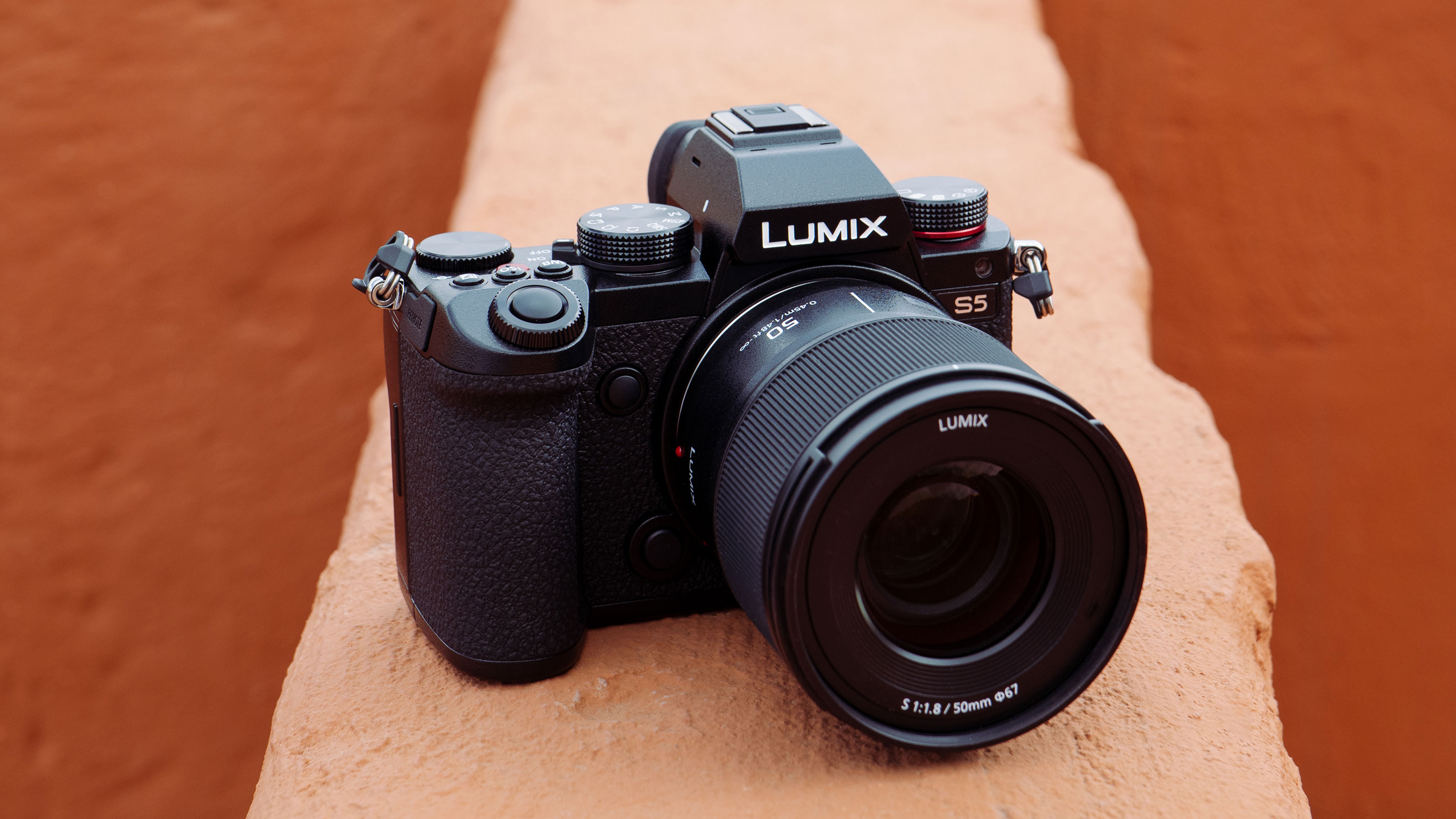
Any serious photographer should have a 50mm lens in their kit bag. Also known as a 'standard' prime or a 'nifty fifty,' these lenses capture a perspective that's roughly equivalent to the field of view of the human eye. This makes them ideal for creating naturalistic-feeling images, and means they can be useful in just about any genre of photography.
As such, 50mm lenses run the gamut in terms of price – it's possible to spend a four-figure sum on professional 50mm lenses, but there are also some ultra-budget optics out there that offer surprisingly good quality for a minimal outlay.
I've put together this guide of 50mm lenses, focusing on the best buys for all the major mounts. I've split the guide into sections to make it easier to navigate so you can easily find your system of choice, and I have added some advice on how to choose a good 50mm lens at the bottom of this guide. For a longer perspective, you may also want to check out my guide to the best telephoto lenses.

Matthew Richards is a photographer and journalist who has spent years using and reviewing all manner of photo gear. He is Digital Camera World's principal lens reviewer – and as such has personally tested the lenses in this guide.
The Quick List
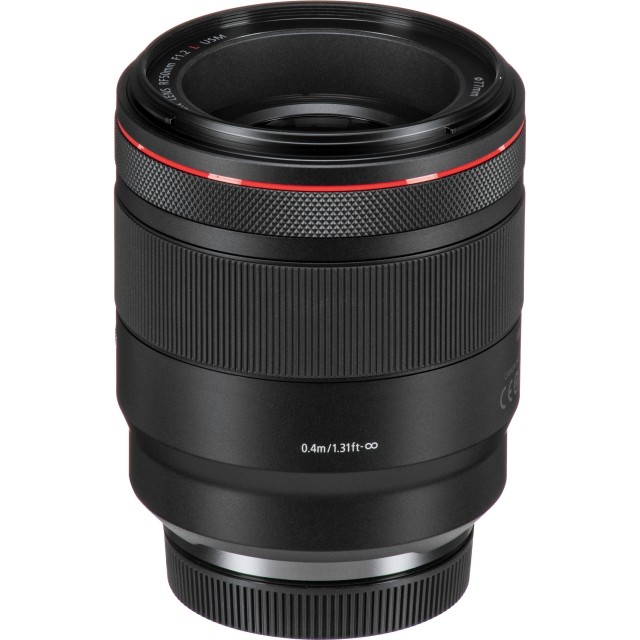
Best Canon mirrorless
Undeniably pricey, but a stellar performer in every sense, the Canon RF 50mm f/1.2L USM is the ultimate standard lens for full-frame Canon mirrorless cameras.
Read more below
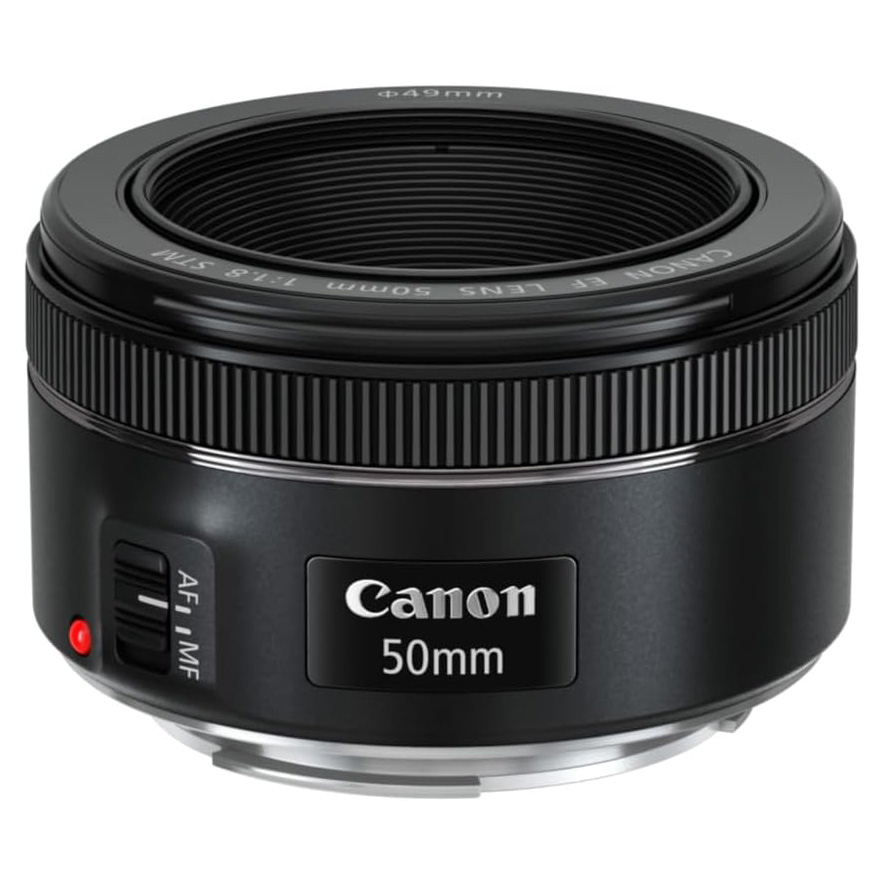
Best Canon DSLR lens
For Canon EF DSLRs, this affordable 50mm lens is the smart buy. Lightweight enough to take everywhere, it's a bargain at the price, and deserves a spot in all Canon kit bags.
Read more below
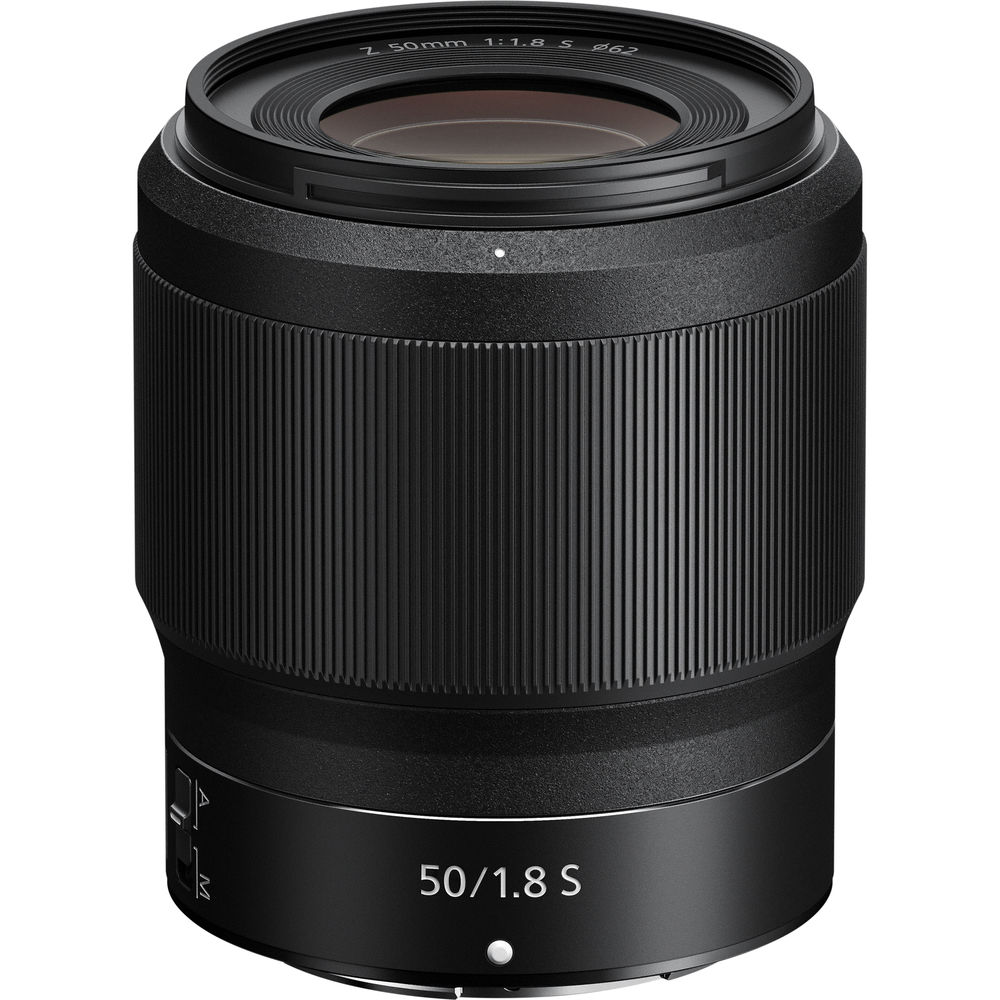
Best Nikon mirrorless
Nikon's Z-mount 50mm f/1.8 boasts anything but 'standard' performance, punching well above its weight in sharpness terms. The physical design is gorgeous, with a wide focusing ring.
Read more below
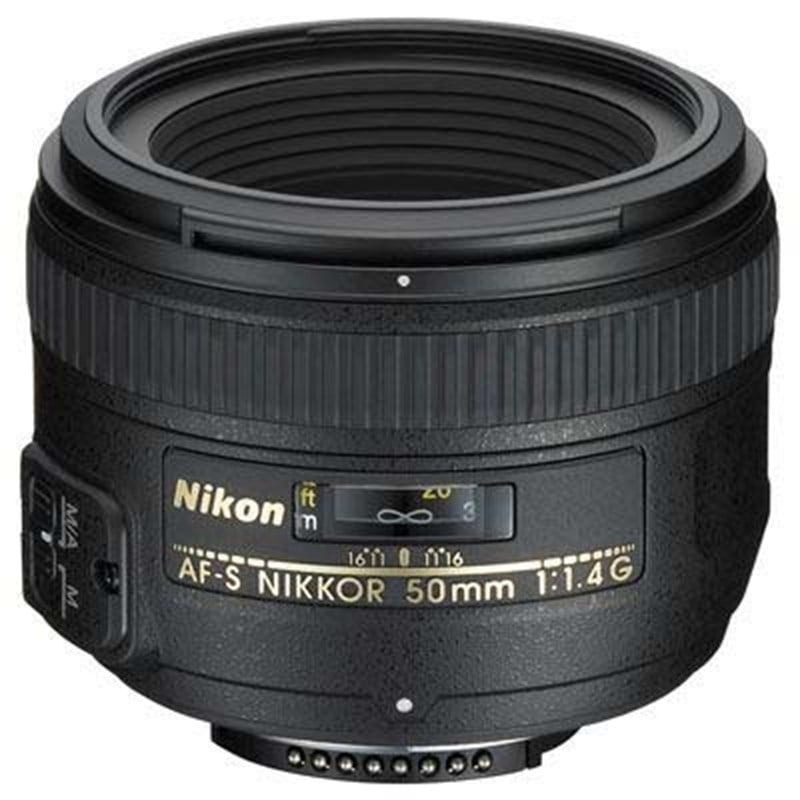
Best Nikon DSLR lens
For Nikon F-mount DSLR users, I heartily recommend this lens. Delivering acceptable sharpness at f/1.4 and stellar sharpness at f/2.8, it's versatile and capable for general shooting.
Read more below
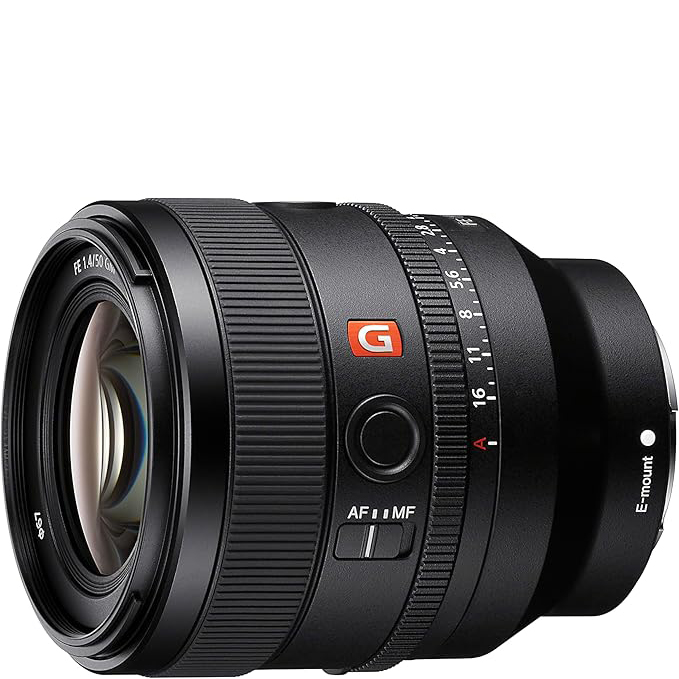
Best Sony E lens
This is the best 50mm lens for most Sony users. Despite an impressively light and compact build, it does not compromise one jot on optical quality.
Read more below
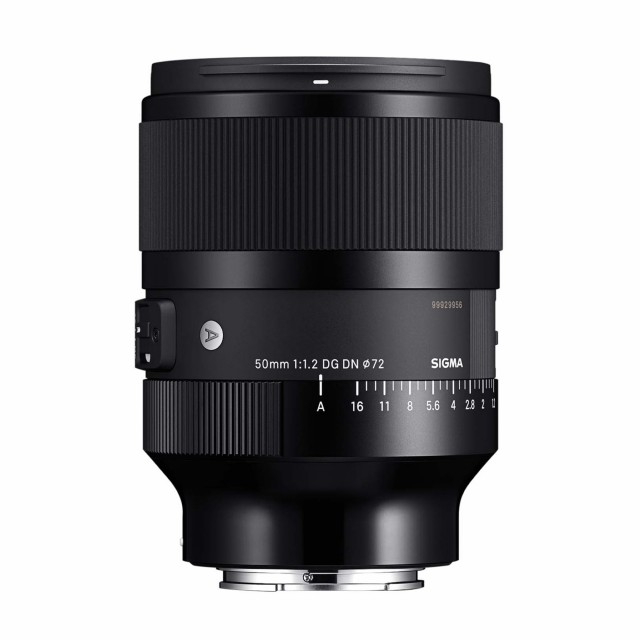
Best lens for L-mount
Delivering exemplary performance across the frame, without the expense of Leica-made glass, the Sigma 50mm F1.2 DG DN Art is my pick for users of L-mount cameras.
Read more below
Load the next products ↴
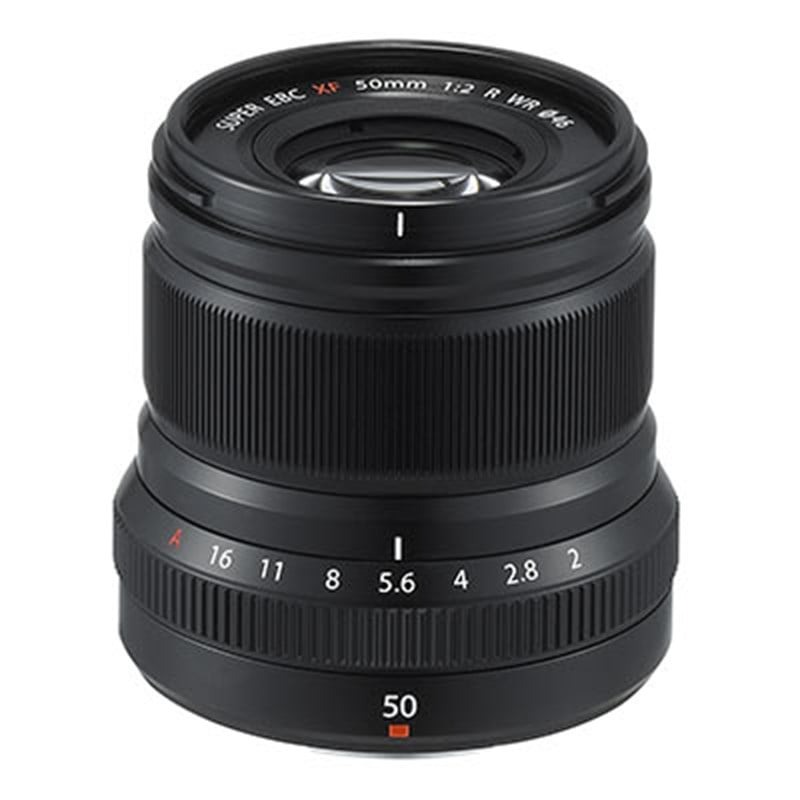
Best Fujifilm X lens
With a stylish black or silver trim, the Fujifilm XF50mm f/2 R WR certainly looks the part. It's arguably a little pricey for an f/2 lens, but it's weather-sealed and produces stellar images.
Read more below
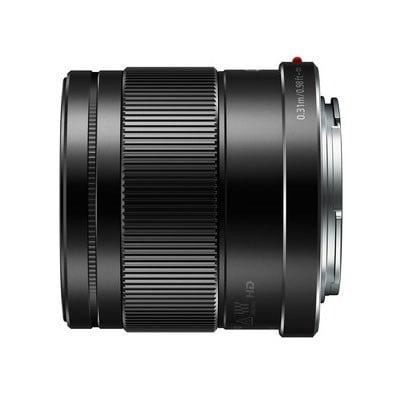
Best Micro Four Thirds lens
Delivering an equivalent focal length of 85mm, Panasonic's Lumix G lens is well-suited for portraiture. Weighing just 130g, it's incredibly portable, and also features optical stabilization.
Read more below
The best 50mm lenses
Why you can trust Digital Camera World
Canon EF & RF 50mm lenses
Specifications
Reasons to buy
Reasons to avoid
Sure, it's too big for the cameras it's made for. Sure, it costs about the same as a new EOS R camera. All these are valid points. But... well, if you use the RF 50mm f/1.2L USM, you'll understand. It is quite simply a beautiful lens that radically redefines what the L series is capable of. Real-world results are near-flawless, with exceptional sharpness even wide open at f/1.2, and the customizable control ring allows you to really make the lens your own and have it handle exactly the way you want it to. There's weather-sealing too, and a super-speedy autofocus system: in short, everything you could want from a lens of this type. It's an incredible feat of engineering by Canon.
See our full Canon RF 50mm f/1.2L review
Specifications
Reasons to buy
Reasons to avoid
While the RF 50mm f/1.2L USM is a stunning lens, its price means it's out of reach for many EOS R series users. That's where the RF 50mm f/1.8 STM comes in – a cheap, compact and capable standard prime lens. The great news too is that image quality hasn't been compromised – my tests show that it's on par in some areas with the much pricier f/1.2 variant, while the build quality is noticeably better than the EF equivalent (though it's worth bearing in mind it's not weather sealed). Focusing is also very good, with the stepping motor (STM) offering quick and quiet focus, which is fast enough for stills and smooth enough for video. The Canon RF 50mm f/1.8 STM is a fantastic everyday lens that pairs well with any RF body.
See our full Canon RF 50mm f/1.8 STM review
Specifications
Reasons to buy
Reasons to avoid
Canon’s 25-year-old EF 50mm f/1.4 lens might seem the obvious choice, but I prefer this newer option. It’s two-thirds of an f/stop slower, but is less than a third of the price, is much lighter and has better performance. Unlike previous f/1.8 editions, the ‘STM’ model has a stepping motor autofocus system that gives speedy yet quiet operation. The focus ring no longer rotates during autofocus, which improves handling, as well as enabling manual override in Single AF mode. The lens has a metal rather than plastic mounting plate, and a better-rounded aperture based on seven diaphragm blades instead of just five.
After testing multiple samples of the Canon 50mm f/1.4 and f/1.8 lenses, I've found the f/1.8’s autofocus system to be much more accurate and reliable than its older sibling. Sharpness is also better than from Canon’s 50mm f/1.4 lens, from the centre to the edges. Colour fringing is minimal at wide apertures and negligible at other apertures. There’s a little more distortion than with some rival lenses, but it’s rarely noticeable. Considering its accessible pricing, this lens is a great value budget buy.
See our full Canon EF 50mm f/1.8 STM review
Nikon F & Z 50mm lenses
Specifications
Reasons to buy
Reasons to avoid
Nikon's standard prime for its full-frame mirrorless Z cameras packs a 12-element optical stack that includes two ED glass elements as well as two aspherical elements to boost contrast and vibrancy. Externally, the Z 50mm is noticeably bigger and heavier than a good old F-mount Nikkor AF-S 50mm f/1.8G, but compared with some F-mount 50mm alternatives from Sigma and Tokina, it’s pleasingly portable. The lens barrel features just a single AF/MF switch, but the wide, tactile and precise manual focus ring isn’t redundant if you’re using autofocus, as it can also be set in-camera to adjust exposure compensation or ISO sensitivity.
Nikon has made much noise about the Z-mount's larger 55mm inner diameter and shortened distance between lens flange and image sensor, versus Nikon's F-mount. It's all supposed to add up to increased image quality. This isn't just hype though, as the Z 50mm is terrifically sharp, only fractionally down on the significantly pricier Z 35mm f/1.8 S, and that’s the sharpest lens I’ve ever tested. Aberrations are practically non-existent at any aperture, as is distortion, and the lens's stepping motor autofocus never missed its mark in my testing.
Red our full Nikon Z 50mm f/1.8 S review
Specifications
Reasons to buy
Reasons to avoid
The fastest 50mm-ish Z-mount lens that Nikon makes is the Nikkor 58mm f/0.95 Noct, but it's crazy expensive and when compared to that lens, this 50mm f/1.2 S could almost be called cheap. However, there's no getting around the fact that at 150mm long and over 1kg in weight, this is one hefty 50mm prime. This 17-element pro lens incorporates advanced coatings like anti-reflection ARNEO and Nano Crystal Coat, along with a 9-blade rounded diaphragm. The exterior is fully weather sealed and features a video-friendly silent control ring, along with a customizable Fn button and OLED info panel that displays important data.
Read our full Nikon Z 50mm f/1.2 S review
Specifications
Reasons to buy
Reasons to avoid
Compared with a Nikon-fit Sigma 50mm f/1.4 DG HSM | A or a Zeiss Milvus 50mm f/1.4, Nikon’s own-brand lens is only half the physical length and about a third of the weight. It’s simpler than the Sigma, with eight rather than 13 optical elements, and rather less robust than the metal-jacketed Zeiss.
A further sign of the downsizing is that the Nikkor only has a 58mm filter thread, which is quite small for a 50mm f/1.4 lens. The straightforward optical path doesn’t contain an aspherical element (as featured in Nikon’s more budget-oriented 50mm f/1.8), and there are neither any ED (Extra-low Dispersion) elements nor any Nano Crystal Coat.
Autofocus accuracy is more critical in very wide-aperture lenses and the Nikkor does well in this respect, unlike Canon’s f/1.4 counterpart. Sharpness is average at f/1.4, but stop down to f/2.8 and this lens delivers superb sharpness across the entire image frame.
Lateral chromatic aberrations are minimal, though longitudinal fringing is present when wide-open. A nine-blade diaphragm helps to maintain smooth bokeh when stopping down a little. The only weak link is distortion, which is worse than I'd like for a standard prime. Overall, this lens is worth the extra outlay compared with the less expensive Nikon AF-S NIKKOR 50mm f/1.8G optic.
Read our full Nikon AF-S 50mm f/1.4G review
Sony E 50mm lenses
Specifications
Reasons to buy
Reasons to avoid
The Sony FE 50mm f/1.4 is the lens most suited to most Sony users. It has an impressively light and compact build but does not compromise one bit on optical quality, and is almost perfect when it comes to sharpness in the center. With only a small falloff towards the edges of the frame and some vignetting wide open, this lens gets almost full marks.
If you don't need the extra half-an-aperture stop, (which most shooters don't) or the added size, weight, or considerable cost of the FE 50mm f/1.2 GM, then the Sony FE 50mm f/1.4 will serve you perfectly.
The lens is expensive when compared to third-party glass that will achieve similar results, however, not with quite the same size and weight, lightning-fast autofocus, and reliable moisture-resistant construction that this lens offers.
Read our full Sony FE 50mm f/1.4 GM review
Specifications
Reasons to buy
Reasons to avoid
Unlike many high-profile 50mm lenses with very fast max apertures, the FE 50mm f/2.5 is extremely small, extremely light and extremely practical. It can go places where you just wouldn’t take a bigger lens: with a lens this size you can shoot all day without getting arm-ache. Its maximum aperture of f/2.5 might sound very tame by today’s standards, but it’s still faster than even a pro zoom lens, while being a fraction of the size and cost. Performance-wise, this lens is just terrific. Sharpness is sensational, especially between f/2.8 and f/5.6, and chromatic aberration is almost invisible. The dual linear AF motors do their work silently, smoothly and quickly, and though there no stabilization, all current Sony A7 and A9 cameras have in-body stabilization anyway.
See our full Sony FE 50mm f/2.5 G review
L-mount
Specifications
Reasons to buy
Reasons to avoid
Sigma has pumped out a fair few 50mm lenses for L-mount – which makes sense, given that the manufacturer was one of the originators of the L-mount alliance, along with Leica and Panasonic. This 50mm F1.2 DG DN | Art lens is our favorite, delivering a tight depth of field and beautiful bokeh with no real compromise on sharpness. If it's too pricey, try the Sigma 50mm F1.4 DG DN Art or the natty little Sigma 50mm F2 DG DN | C, both of which earned high marks in our reviews.
Read our full Sigma 50mm F1.2 DG DN Art review
Specifications
Reasons to buy
Reasons to avoid
All right, I'll wait until you're finished fainting at the price tag. All done? Right – while I'm going to admit that this expensive lens is not for everyone, I have to also be fair and say that it is one of the sharpest lenses I've ever tested – ever. The Leica Summilux-SL 50mm f/1.4 ASPH is ludicrously well constructed, inside and out, and the reason it weighs more than a kilogram is because it's packed with some of the finest glass in optical engineering. If you need the best of the best to pair with your Leica L-mount camera, this is the buy to make – it's absurdly sharp even with the aperture wide open or stopped fully down, and in the mid-range it's simply scintillating. What a lens.
See our full Leica Summilux-SL 50mm f/1.4 ASPH review
Fujifilm X 50mm lenses
Specifications
Reasons to buy
Reasons to avoid
Available in black or silver, there’s no denying that the Fujifilm XF50mm looks a bit pricey for an f/2 lens. However, it’s impeccably built, with comprehensive weather-seals, a physical aperture ring for refined Aperture Priority and Manual mode shooting, and a high-grade optical path that includes an aspherical ED (Extra-low Dispersion) element. The nine-blade diaphragm is well-rounded. Autofocus is virtually silent. As with other ‘stepping motor’ systems, the focus ring is electronically coupled and, in this case, enables particularly precise manual control.
On Fujifilm X cameras, the lens has an effective focal length of 75mm and delivers a tight depth of field at f/2, making it a great portrait lens. Wide-open sharpness is excellent across the entire image frame, there’s very good resistance to ghosting and flare, and fringing is practically impossible to spot at wide apertures. There’s a very slight hint of pincushion distortion, but it’ll generally go unnoticed.
See our full Fujifilm XF50mm f/2 R WR review
Micro Four Thirds 50mm lenses
Specifications
Reasons to buy
Reasons to avoid
Micro Four Thirds lenses only need to produce a relatively small image circle, and this Panasonic is typically compact and very light at only 130g – a fraction of the weight of some premium prices for DSLR cameras.
With its effective focal length of 85mm, the Panasonic is ideal for portraiture and the f/1.7 aperture enables a fairly tight depth of field. It’s well-engineered and features an optical image stabilizer.
This makes it ideally suited to Panasonic cameras; for Olympus bodies with sensor-shift stabilization, I’d go for the Olympus M.Zuiko Digital 45mm f/1.8.
Autofocus is quick and accurate, while color fringing is essentially a non-issue, as even Raw files are automatically corrected. There’s the merest touch of barrel distortion but you’re unlikely to notice it. Sharpness is good, but not great, and many other rival optics manage better centre-frame sharpness.
With its relatively ‘telephoto’ effective focal length, this lens's optical stabilization will clinch the deal for MFT shooters whose cameras don’t have an in-body stabilizer.
See our full Panasonic Lumix G 42.5mm f/1.7 Asph P.OIS review
How to choose the best 50mm lens
A good 50mm lens should produce undistorted, naturalistic-looking images. There is plenty of variance among 50mm lenses in terms of their size, weight, price and maximum aperture. Generally, a larger and more expensive lens will have the advantage of a larger maximum aperture (f/1.4 or f/1.2), meaning you can open up the lens wider to let in more light. Not only is this useful in dark situations, but it also allows the lens to create images with a shallower depth of field, producing that clean separation between subject and background that is so sought-after by portrait photographers.
Equivalent focal lengths
One thing that's worth being aware of is that a 50mm lens does not always produce the field of view of a 50mm lens, depending on the sensor size of the camera you're using. On an APS-C body, such as a Fujifilm X camera, the same lens will have an effective focal length of 75mm (80mm for Canon), making it a better fit for portraiture.
Shrink down to a Micro Four Thirds camera, and a 50mm lens will have a 100mm effective focal length, more suitable for really tight portraits and short telephoto shooting.
With that in mind, the MFT lens we've included here is a bit less than 50mm: its 42.5mm focal length equates to 85mm in full-frame terms. Many regard that as spot-on for portraiture.
Whichever camp you’re in, a ‘nifty fifty’ might well be the only prime lens you ever buy, so it pays to get a good one.
How we test lenses
We test lenses using both real world sample images and lab tests. Our lab tests are carried out scientifically in controlled conditions using the Imatest testing suite, which consists of custom charts and analysis software that measures resolution in line widths/picture height, a measurement widely used in lens and camera testing. We find the combination of lab and real-word testing works best, as each reveals different qualities and characteristics. See more on how we test and review at Digital Camera World.
Read more:
• The best wide-angle lenses for Canon
• The best wide-angle lenses for Nikon
• The best 70-200mm telephoto lenses
• Best portrait lenses
The best camera deals, reviews, product advice, and unmissable photography news, direct to your inbox!
Matthew Richards is a photographer and journalist who has spent years using and reviewing all manner of photo gear. He is Digital Camera World's principal lens reviewer – and has tested more primes and zooms than most people have had hot dinners!
His expertise with equipment doesn’t end there, though. He is also an encyclopedia when it comes to all manner of cameras, camera holsters and bags, flashguns, tripods and heads, printers, papers and inks, and just about anything imaging-related.
In an earlier life he was a broadcast engineer at the BBC, as well as a former editor of PC Guide.
- Adam WaringGuides Editor

